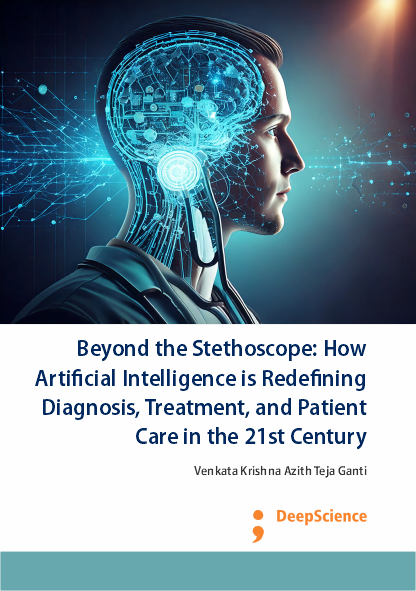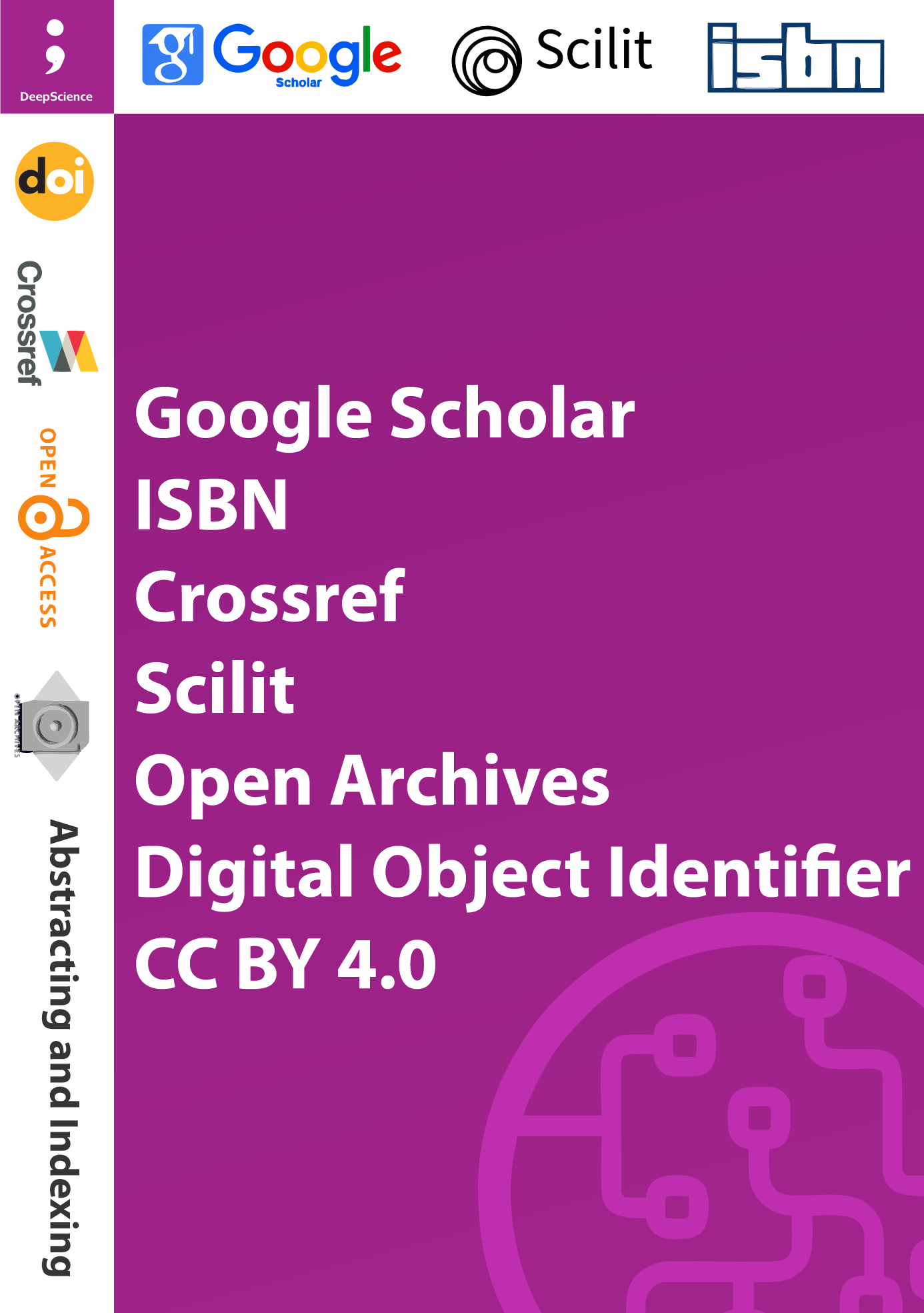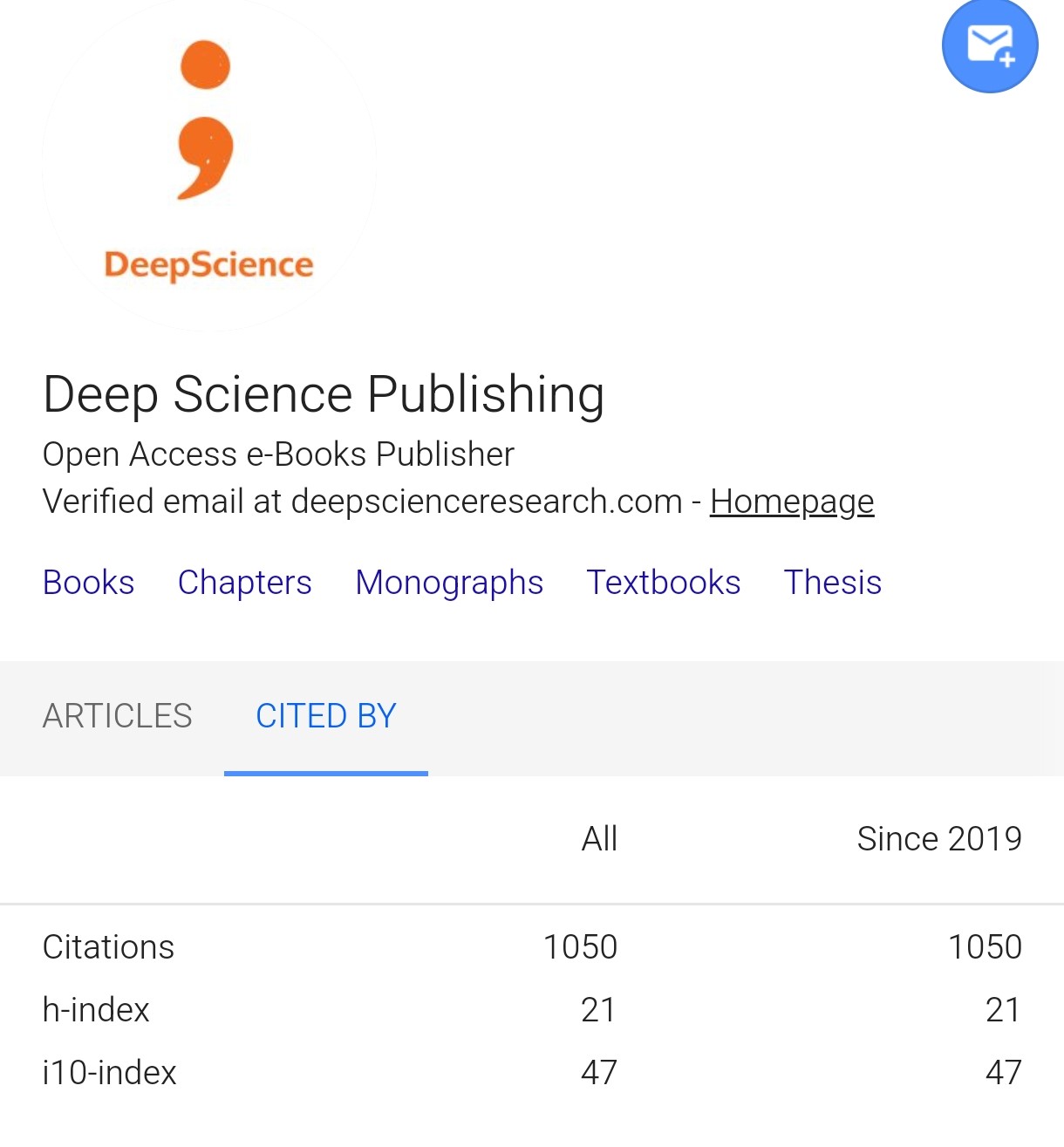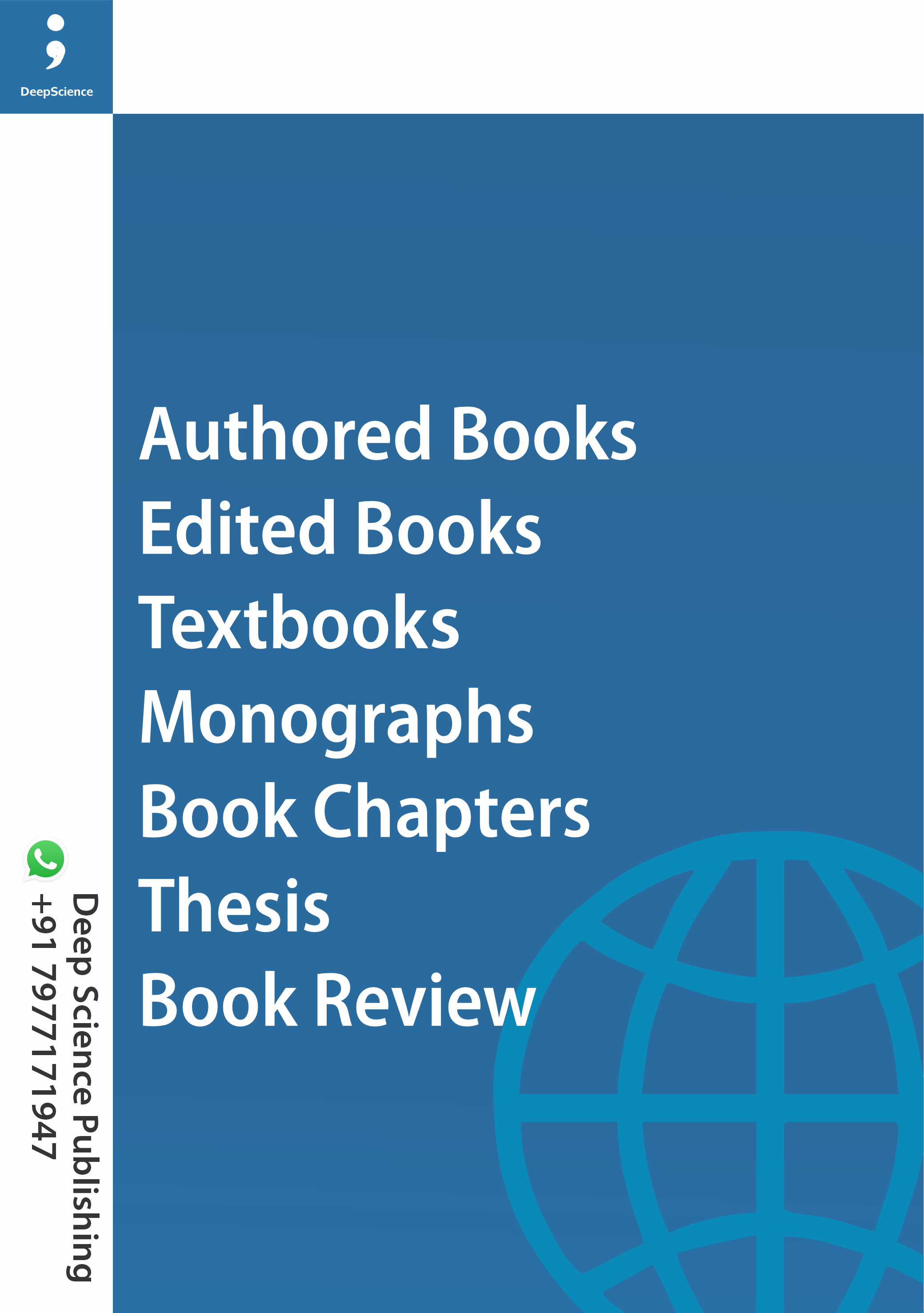Smarter diagnostics: How artificial intelligence is enhancing accuracy and speed in disease detection
Synopsis
The adoption and integration of artificial intelligence (AI) in healthcare diagnostics serve as a critical strategic response to the enduring and growing problem of disease diagnosis. The emphasis on the importance of being accurate and swift in disease detection will continue to increase with the passage of time. An exploration of how the widespread application of AI can be a transformative approach to enhancing existing disease detection practices is needed. A focus on AI-driven disease detection is presented here as an informed and worthy avenue to address this need, simultaneously propelling the academic discourse and grounding the ambitions of policy makers, AI developers, healthcare practitioners, and a public blighted by disease. The smart and diligent reaping of this vision will result in a transformed healthcare system that not only functions more effectively, but also is more actively oriented towards preemption and prevention. Among this vision’s primary aims are empowering medical professionals with advanced analytical tools, alleviating some of the burgeoning pressure faced by public healthcare systems worldwide, and improving the health outcomes and overall well-being of current and prospective patients. One aim of this essay is to distill and further elaborate on this vision, exploring the myriad of challenges, prospects, and considerations proffered within this initial schematic. In application, AI-driven disease detection is suited to the vast spectrum of currently diagnosed diseases, including both viral and bacterial infections. This essay, however, privileges as its empirical anchor the Indian case, addressing pervasive challenges and opportunities germane to the local expertise. Though these reflected insights are less expensive and theorised, they suffice to prepare the ground for a more detailed examination of how AI and smarter diagnostics can be meaningfully enmeshed. Every effort is made to render the vision and the essay as a whole readily accessible and relevant to a broad and interdisciplinary audience. Thus, the solution to this predicament predominantly depends on the physician’s subjective judgment on disease symptoms, as well as the power of uplifting joint studies being conducted on large patient populations about which disease is most likely. This modus operandi for diagnosing diseases has remained ubiquitous in clinical grounds since centuries past. And yet, this methodology often occasions disease prognosis that are tardy, incorrect, or worse yet, inexpedient. In aggregate, such shortcomings of disease prognosis typically lead to disputes over diagnosis or possibly misdiagnosis, the former of which was estimated to have been observed at a rate of around 10% in 2016. Concerningly, a verdict is made in respect of only one disease, on an inquiry basis, without gaining insights from the other diseases committed in vain. Instead, it would more seemly to refer to abnormal computational methods capable of delivering diagnostic decisions instantaneously, with the specimens assumed to be dementia, acquired of computer resources.













